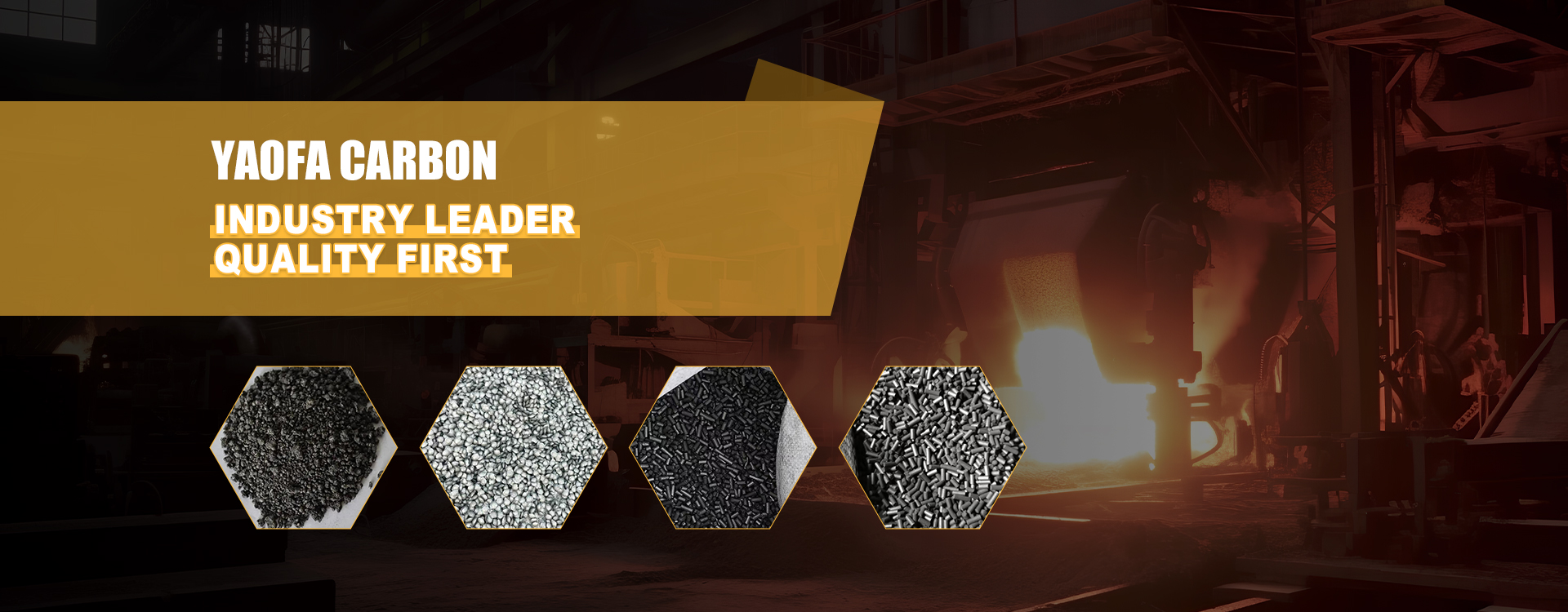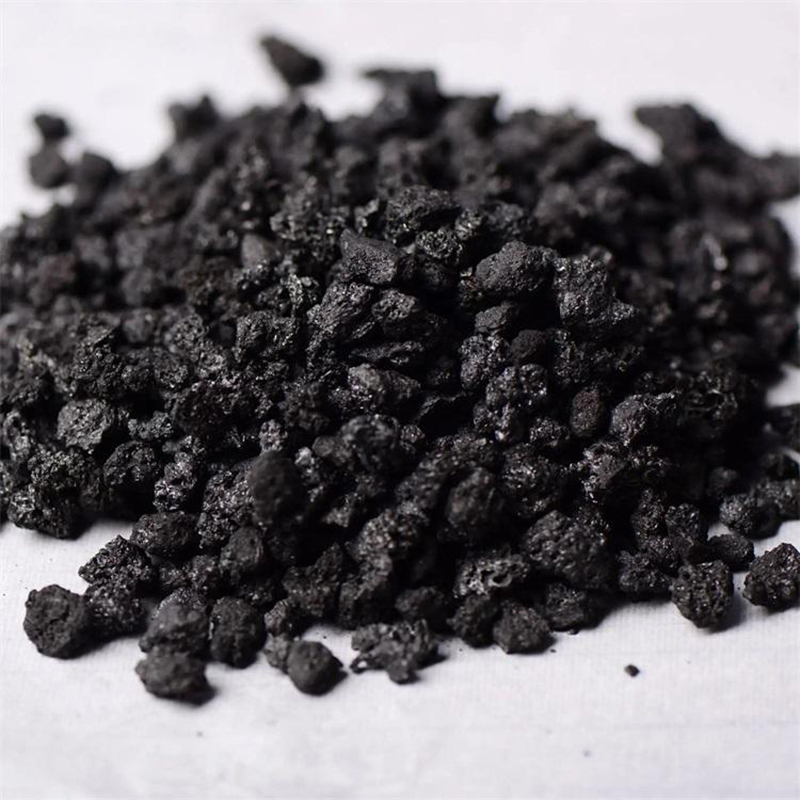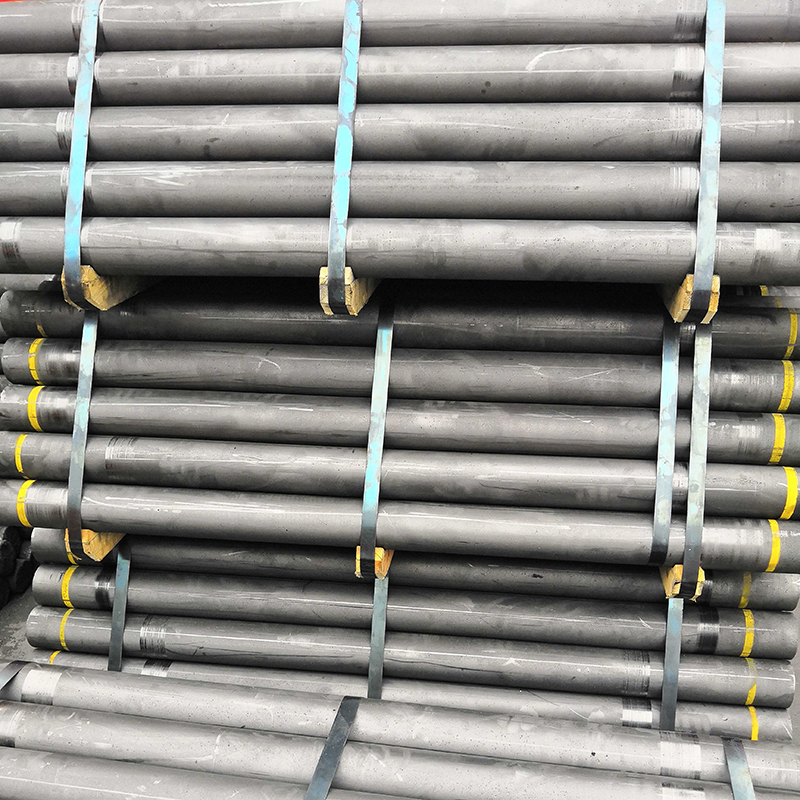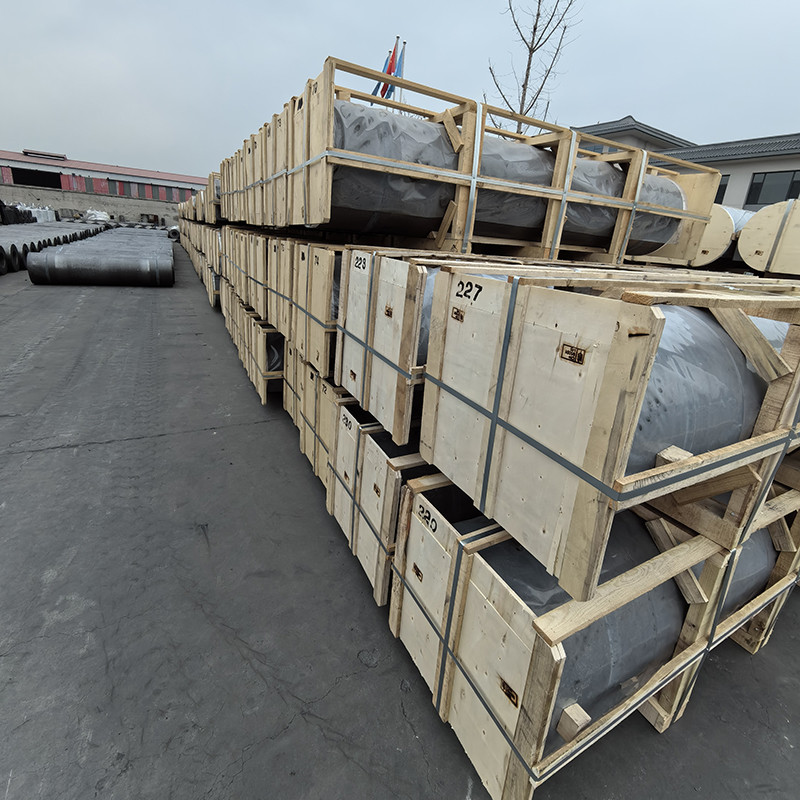- Chinese
- French
- German
- Portuguese
- Spanish
- Russian
- Japanese
- Korean
- Arabic
- Irish
- Greek
- Turkish
- Italian
- Danish
- Romanian
- Indonesian
- Czech
- Afrikaans
- Swedish
- Polish
- Basque
- Catalan
- Esperanto
- Hindi
- Lao
- Albanian
- Amharic
- Armenian
- Azerbaijani
- Belarusian
- Bengali
- Bosnian
- Bulgarian
- Cebuano
- Chichewa
- Corsican
- Croatian
- Dutch
- Estonian
- Filipino
- Finnish
- Frisian
- Galician
- Georgian
- Gujarati
- Haitian
- Hausa
- Hawaiian
- Hebrew
- Hmong
- Hungarian
- Icelandic
- Igbo
- Javanese
- Kannada
- Kazakh
- Khmer
- Kurdish
- Kyrgyz
- Latin
- Latvian
- Lithuanian
- Luxembou..
- Macedonian
- Malagasy
- Malay
- Malayalam
- Maltese
- Maori
- Marathi
- Mongolian
- Burmese
- Nepali
- Norwegian
- Pashto
- Persian
- Punjabi
- Serbian
- Sesotho
- Sinhala
- Slovak
- Slovenian
- Somali
- Samoan
- Scots Gaelic
- Shona
- Sindhi
- Sundanese
- Swahili
- Tajik
- Tamil
- Telugu
- Thai
- Ukrainian
- Urdu
- Uzbek
- Vietnamese
- Welsh
- Xhosa
- Yiddish
- Yoruba
- Zulu
- Kinyarwanda
- Tatar
- Oriya
- Turkmen
- Uyghur

coal tar products
The Insights and Challenges of Using Coal Tar Products
Coal tar products often stir up mixed reactions. Praised for their utility in industry, yet eyed skeptically for their environmental and health impacts. You hear a lot within the carbon manufacturing circles about these multifaceted materials, particularly if your work aligns with entities like Hebei Yaofa Carbon Co., Ltd., a prominent player in China's carbon sector. Let's dive into the nuances and untapped potential these products offer.
Understanding Coal Tar Products
When we talk about coal tar products, it’s crucial to start with what they are at a fundamental level. Derived from the by-products of coke production, they find their way into numerous applications—ranging from roofing materials to the pharmaceutical industry. However, it's not just their versatility that stands out; it's their composition, their distinct chemical profile, and the subsequent reactions these can create with other substances.
Despite their usefulness, I've seen many newcomers to the field misunderstand the intricacies involved in handling these products. It's not just about understanding their material properties but also implementing them safely and effectively into existing processes. That’s where companies like Hebei Yaofa Carbon Co., Ltd. bring expertise to the table, leveraging over two decades of experience.
One practical consideration is the balance between performance and safety. Coal tar products can enhance the durability of materials they treat, yet at the same time, they present environmental challenges, particularly in terms of disposal and handling.
The Application Process
In practice, applying coal tar products requires a keen eye on the environmental regulations governing their use. From my experience, compliance is non-negotiable, especially given the stringent policies that govern industries at both national and international levels. Companies need to maintain a robust protocol to track the environmental impact from production through to end usage.
Another point often discussed is the technological advancement in processing these materials. Effective utilization relies heavily on updated methodologies and equipment that can not only improve efficiency but also mitigate potential hazards. The facilities I've visited often invest substantially in cutting-edge technology, ensuring both quality and safety are upheld.
The difference in outcomes between using basic versus advanced techniques is frequently significant. It directly influences the operational efficiency and environmental footprint of the industries involved.
Challenges in Quality Control
Maintaining consistent quality is a perennial challenge in coal tar product manufacturing. Each batch can exhibit slight variations, demanding meticulous quality control measures. The stakes are high, considering any inconsistency can ripple through the subsequent production phases.
Historically, companies like Hebei Yaofa Carbon Co., Ltd. have navigated these challenges by implementing stringent quality control frameworks. Their approach often involves layered testing, routinely checking for purity, reactivity, and other pivotal properties that could swing the performance of the end product.
It’s not just about catching errors; it’s about building a proactive system that foresees potential deviations before they occur. This approach bridges the gap between theory and practical application, turning challenges into opportunities for improvement.
Health and Safety Considerations
While coal tar products offer significant industrial benefits, health implications, especially long-term exposure, remain a concern. Those of us well-versed in the handling of these materials know the importance of rigorous safety protocols. Personal protective equipment (PPE), comprehensive training, and regular health checks are staples in any responsible setup.
The health guidelines surrounding these materials are subject to frequent updates as new research emerges. It’s a fluid situation, where best practices evolve, necessitating continuous learning and adaptation from all involved parties.
I’ve personally observed how companies striving for the highest safety standards host workshops and ongoing training sessions. These initiatives foster not just compliance but also a culture of safety that permeates all levels of operation.
Future Directions and Innovations
The future of coal tar products is far from static. Innovations are translating into more efficient products with reduced health risks. This is where research plays a crucial role, continually pushing the envelope on what’s possible.
Collaborations between industry players and research institutions have shown promise in refining existing processes. Such innovations include enhancing biodegradability or discovering new applications that leverage their unique properties without the downside.
At Hebei Yaofa Carbon Co., Ltd., the pursuit of innovation is evident in their proactive adaptation strategies and engagement in collaborative projects. Their achievements in the field could define new paths for responsible and sustainable use of these complex materials.
Related products
Related products













